Current objective is to identify and breed families that exhibit strong growth and survival
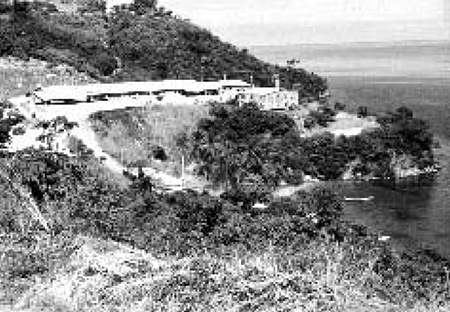
The farm operations and hatchery of Aquamarina de la Costa are beginning their tenth year of production. The system is based on broodstock and larvae of the species Litopenaeus vannamei. The operation has maintained a closed production cycle of broodstock during the 10 years of operation.
The farm currently consists of 420 hectares of grow-out ponds and nursery tanks. The maturation system consists of two complexes, one containing 12 production tanks and the other containing 20 production tanks. The larviculture system consists of three production complexes, one containing 12 tanks, the second containing 24 tanks and the third containing 16 tanks. The tanks are of concrete construction, epoxy coated and can be operated at levels from 10 to 12 tons each. Each production system, both maturation and larviculture, has been designed to operate as an independent unit with regard to water reservoirs and piping.
Improvements in larval rearing
The current hatchery operation has evolved over the last ten years as new management techniques and new feed technologies were developed. Originally, the larviculture and maturation systems operated on a continuous basis with one production complex each. Overall survival was in the 40 percent range for larviculture (prior to the Z2 syndrome) with variations due to the seasons. After the Z2 syndrome, survival rates were very low, which led Aquamarina de la Costa to construct additional production complexes to meet the postlarval requirements of the farm. Also, the new complexes facilitated the practices of dry-out, disinfection, and all-in all-out production (similar to the sanitation practices of poultry and pig farms).
The results of implementing routine dry-outs and disinfections have been very positive. Average survival rates have been greater than 70 percent over the last several cycles. In addition to the change in management practices, new diets have been tested with very good results. The use of liquid larval diets has significantly improved the productivity of the hatchery. Stocking densities have been increased to an average of 135 nauplii per liter without negative effects on survival or molting rate.
Genetics program
Aquamarina de la Costa has recently (less than one year) initiated a formal genetics program. At this time we are in the process of selecting from within our own stocks, individuals which will be used for the program. At present, we have three groups or batches of 50 families each identified using the marking system of Northwest Marine Technologies, Inc. Our current objectives are to identify and breed families which exhibit above average growth and survival.
A general description of our program is as follows:
Every three months 50+ females and 25+ males are selected to produce 25 paternal half-sib families. The males and females are tagged and all data, as to weight, spawning activity and origin is recorded. Each male is mated to two females by artificial insemination. The females are spawned individually and then nauplii are counted and a specified number stocked into small larviculture tanks. The larvae are raised to PL8 (minimum) and then shipped to the farm to be raised in individual family cages. When the larvae reach juvenile stage (1 to 3 grams), the cages are harvested and the juveniles are internally tagged according to family. The juveniles are then stocked at grow-out density with each family contributing an equal number of individuals.
The juveniles are grown out using normal production management for approximately 110 days, which is the average grow-out period of the farm. At harvest, the individuals are identified by the color-coded tags and sorted by family. The data for each family, as to growth rate and survival, is recorded and used as the basis for selecting the best family from each half-sib family and then the best families from the group. After selection, a sufficient number of males and females of the selected families are stocked at low density to produce broodstock in nine to 10 months.
We are currently at the above stage in the process, therefore we have not generated information in regards to the second generation of the program. Our aspirations are that we will increase the overall growth rate, maintain or increase survival, and control inbreeding of our broodstock population. We have anticipated that the genetics program is a long-term project and that it will be several years before we experience significant gains from the project.
(Editor’s Note: This article was originally published in the December 1999 print edition of the Global Aquaculture Advocate.)
Now that you've reached the end of the article ...
… please consider supporting GSA’s mission to advance responsible seafood practices through education, advocacy and third-party assurances. The Advocate aims to document the evolution of responsible seafood practices and share the expansive knowledge of our vast network of contributors.
By becoming a Global Seafood Alliance member, you’re ensuring that all of the pre-competitive work we do through member benefits, resources and events can continue. Individual membership costs just $50 a year.
Not a GSA member? Join us.
Author
-
Chris Howell
Tagged With
Related Posts
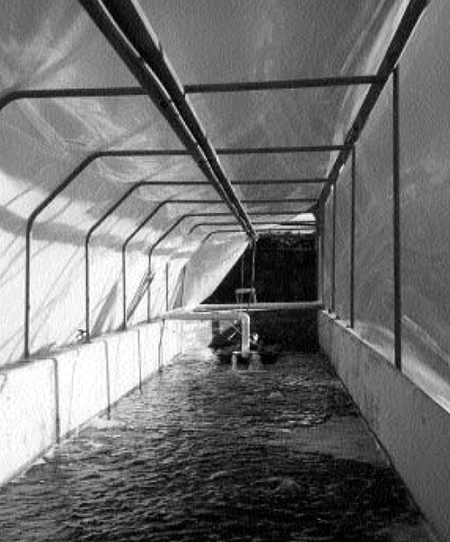
Health & Welfare
Bio-secure shrimp production: Emerging technologies for a maturing industry
With advanced bio-secure shrimp farming technologies, the industry will be able to expand with greater control against the spread of disease.
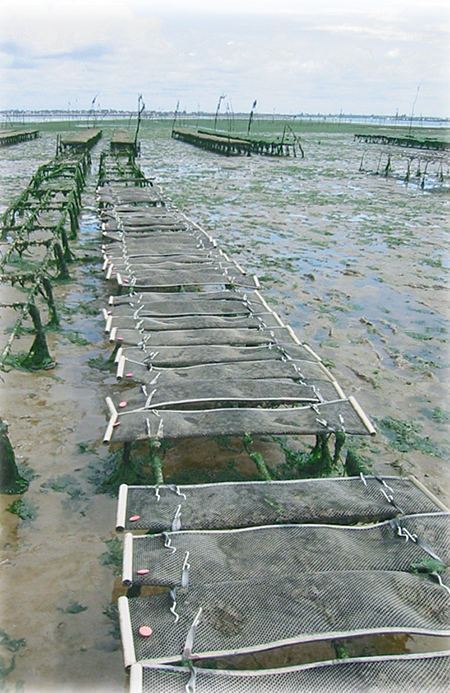
Health & Welfare
French program studies selective breeding in oyster spat
Oyster spat survival will be a selected trait for a full-scale, family-based selective breeding program being discussed with the French oyster industry.
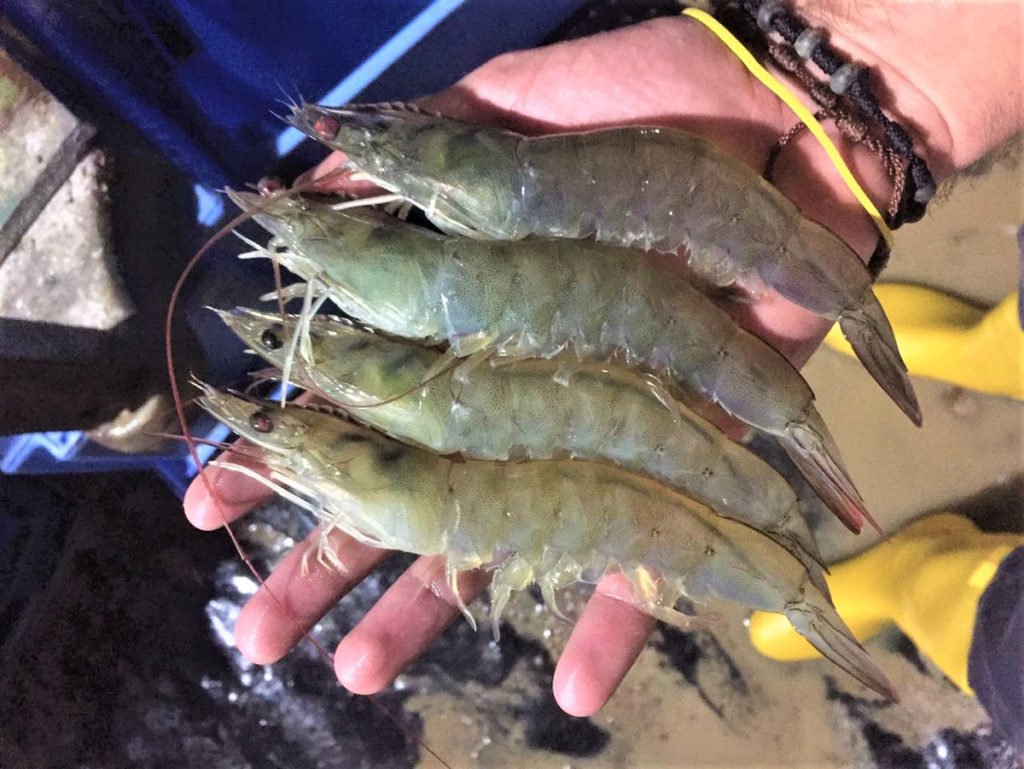
Health & Welfare
Feed competition reduces heritable variation for weight in Pacific white shrimp
Study quantifies direct and indirect genetic effects on body weight under satiation and restricted feeding regimes in Pacific white shrimp.
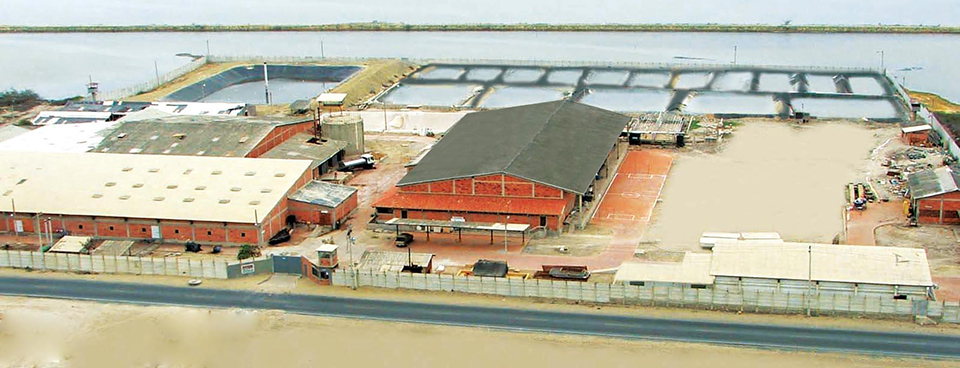
Health & Welfare
Shrimp genetic improvement in Ecuador
The authors are exploring alternative models for shrimp breeding that address genotype-environment interactions with solutions that could advance breeding in South and Central America.


